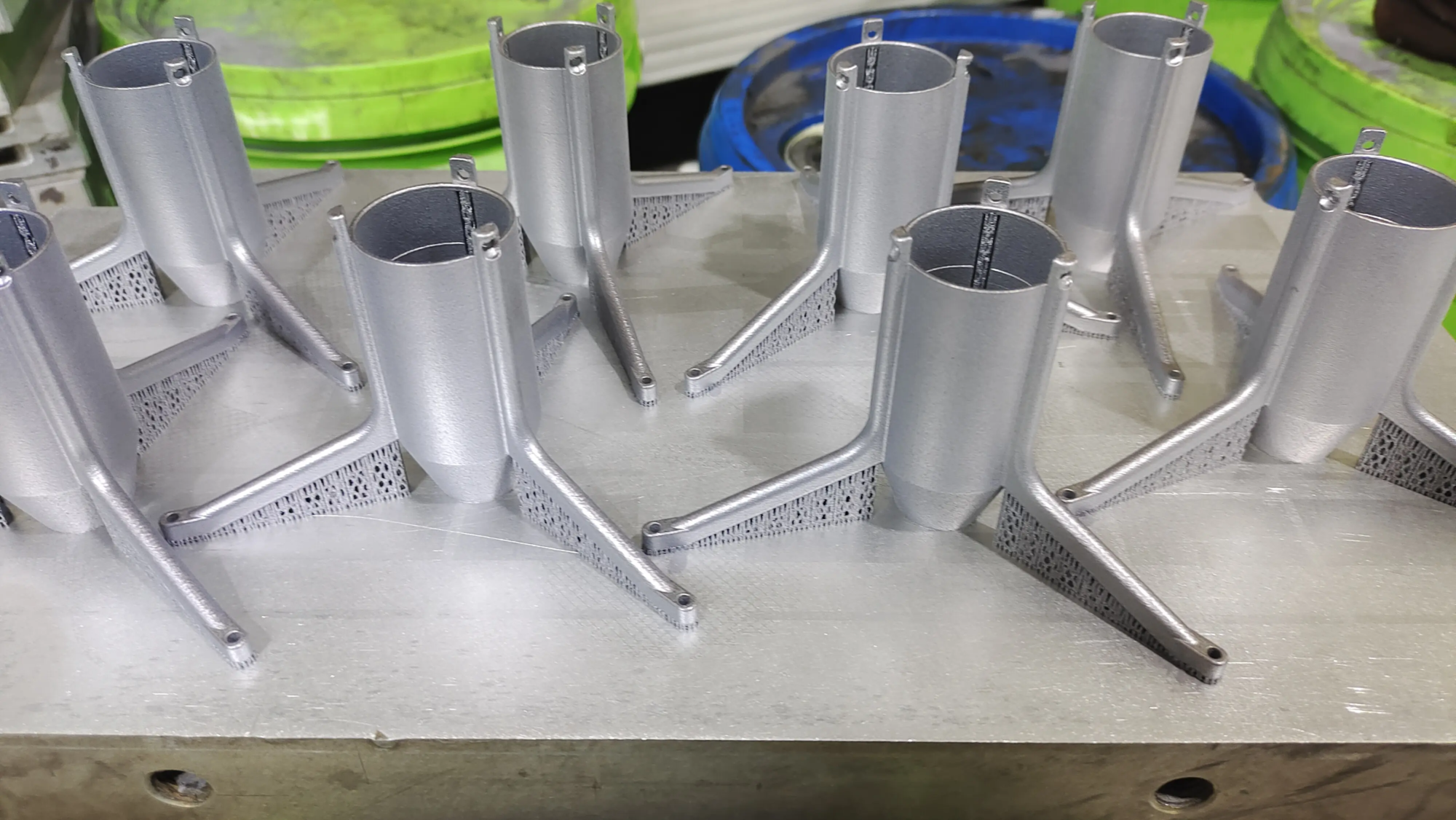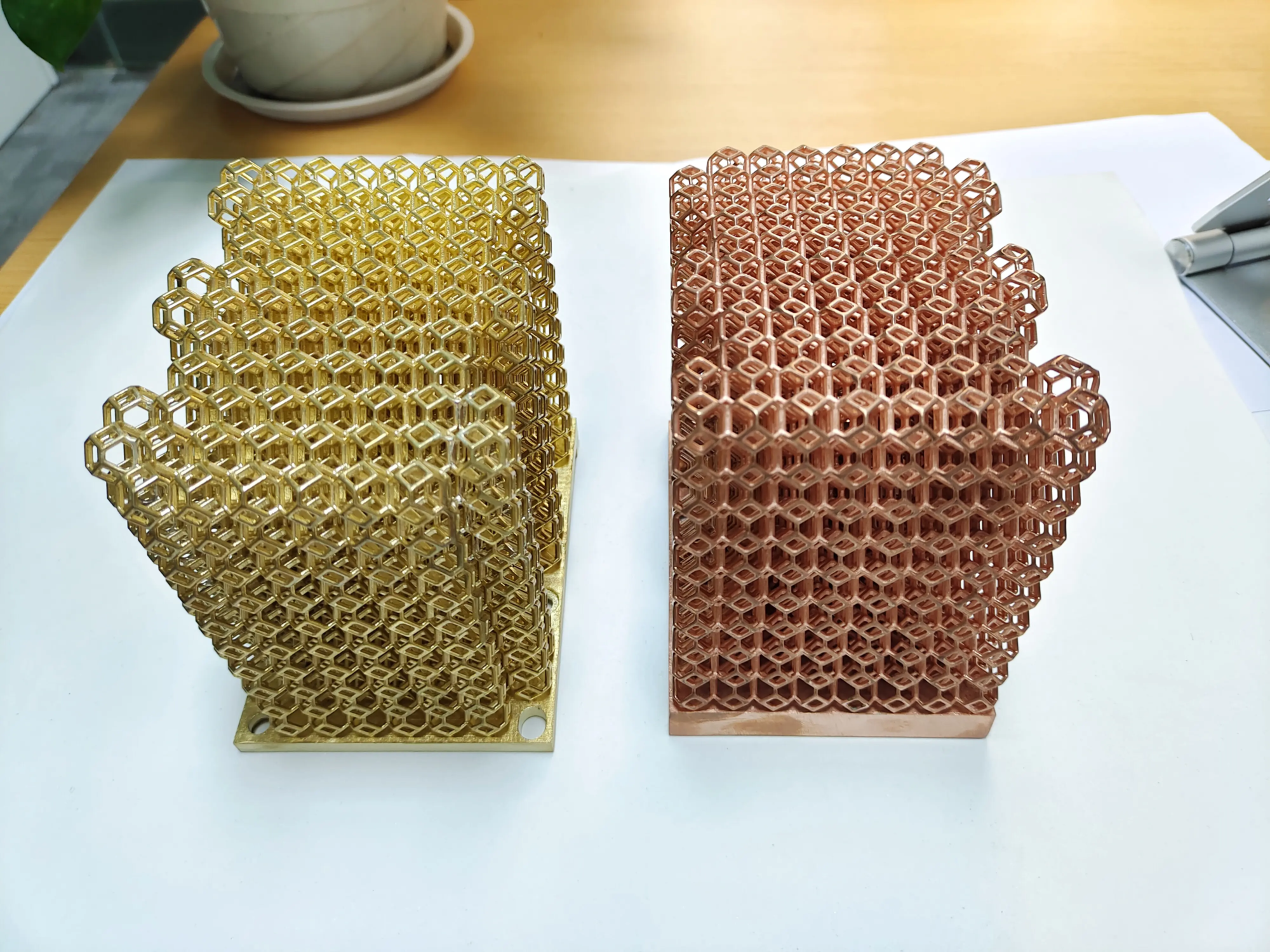At the 2025 International Consumer Electronics Show, e-bike brand Urtopia launched an e-bike concept called Titanium Zero. According to the resource library, the biggest highlight of this car is the use of comprehensive 3D printing technology. The frame, some parts and even the engine are all made using 3D printing.
The vehicle weighs only 10.8 kilograms and costs 50,000 US dollars. This concept car allows us to see the potential of additive manufacturing technology in lightweight design, and also deserves in-depth discussion in terms of practical application and technical feasibility.
Design highlights: combination of lightness and new technology
Titanium Zero is based on a 3D printed titanium alloy frame and is equipped with a mid-mounted motor weighing 1.2 kg. This motor has an output torque of 65 Nm and is powered by a solid-state lithium battery with an energy density of 300 Wh/kg. The vehicle has a top speed of 25 km/h and a range of around 120 kilometers.
The main driving force of the vehicle comes from its Quark DM 1.2 mid-engine. The engine weighs just 1.2 kilograms and is a key part of the car’s ultra-lightweight design. According to Urtopia, this motor is small enough to qualify as “pocket-sized” and is one of the motors with the best power-to-weight ratio among e-bikes in the world.
This time, titanium alloy was chosen as the frame material, mainly because of its light weight, high strength and higher ride comfort than aluminum. However, the production process for titanium alloys has a significant carbon footprint, which has raised concerns about its environmental impact to some extent. Additionally, the car also uses components such as carbon fiber wheels, front forks and cranks to further reduce weight.
Titanium Zero’s solid-state battery has also attracted a lot of attention. The solid electrolyte battery equipped this time has an energy density of 300 Wh/kg. In theory, solid-state batteries have higher energy density and safety, but they are not yet widely used in the field of e-bikes. Its technical maturity and practical feasibility still need to be verified.
Controversy behind the innovation:Technology demonstration or preview of mass production?
Urtopia started on the crowdfunding platform Indiegogo and is known for its high-tech bicycle products, often equipped with innovative features such as Wi-Fi firmware updates, integrated SIM cards and Bluetooth speakers. However, these features are often criticized because they pursue design while ignoring practicality. For example, the Titanium Zero lacks basic configurations such as racks and fenders, and the vehicle seems more focused on demonstrating technical capabilities than meeting daily use needs.
Delivery of Urtopia’s first Carbon 1 model was nearly four years late, leading consumers to question the brand’s ability to execute. Titanium Zero could face similar challenges.
Therefore, Titanium Zero is more of a technology showcase product. Although solid-state battery technology, 3D printed titanium alloy frames and ultra-lightweight motors are innovative, the cost and technical reliability of their large-scale application still need to be further evaluated.
Examining the Future Possibilities of Titanium Zero
Overall, this bike demonstrates a new direction in future transportation manufacturing: exploring more sustainable and efficient design solutions through the full integration of 3D printing technology. As some analysts have said, Titanium Zero looks more like a “business card” for Urtopia to demonstrate its technical capabilities than a product about to be launched on the market.
Using laser powder bed fusion and directional energy deposition technology, the frame and components can achieve lighter and more personalized custom designs. In this way, the motor efficiency can be improved, the battery structure and performance can be optimized, and the complete 3D printing design is expected to open up more possibilities for electric bicycle manufacturing.
Although the market still has doubts about the practicality and marketing prospects of this concept car, and it has not yet been determined whether Titanium Zero can be mass-produced, it has demonstrated the potential of 3D printing technology in the electric bicycle industry and has provided a basis for increasingly fierce competition. The electric vehicle market opens up new avenues for reflection.





